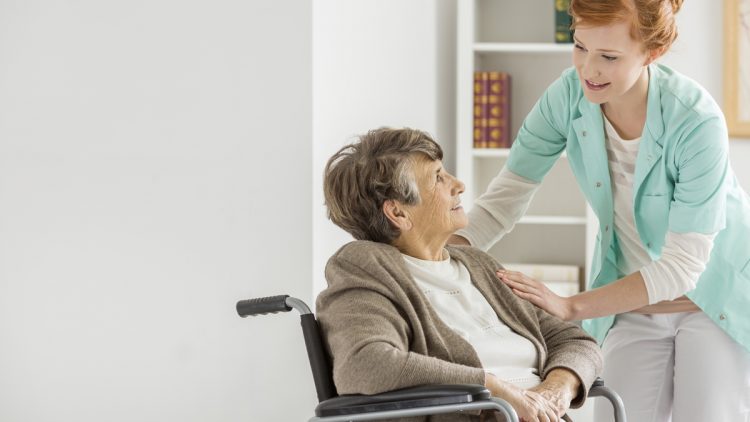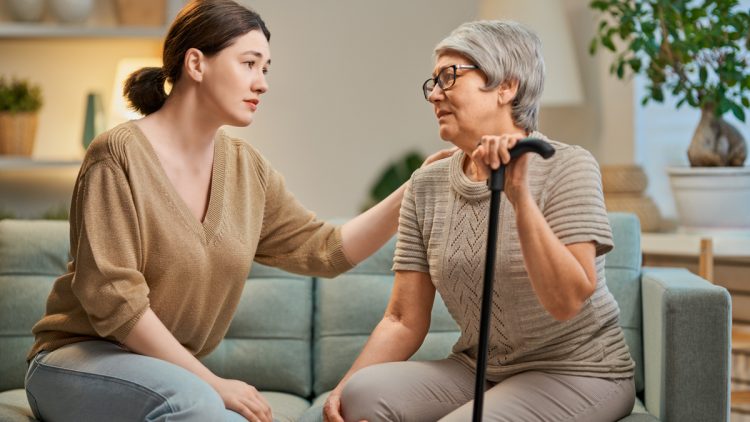What are the terminal symptoms of Parkinsons Disease?
The terminal stage of Parkinson’s disease — sometimes called late-stage Parkinson’s — is very difficult, both physically and emotionally. In this stage, the disease becomes severely disabling, and symptoms are often no longer manageable with medications. Toward the very end, the symptoms leading up to death are often a combination of motor decline, cognitive failure, and systemic complications.
Here are the most common terminal symptoms:
1. Severe Motor Impairment
-
Profound stiffness (rigidity) and severe slowing (bradykinesia).
-
Inability to stand, walk, or even sit unsupported.
-
Frequent falls (though in very late stages, people often become fully bedbound).
2. Difficulty Swallowing (Dysphagia)
-
Swallowing becomes very hard, leading to choking, aspiration pneumonia (inhalation of food or saliva into the lungs), and malnutrition.
-
Aspiration pneumonia is one of the leading causes of death in Parkinson’s.
3. Cognitive Decline / Dementia
-
Parkinson’s disease dementia is common in late stages.
-
Confusion, memory loss, hallucinations, and severe communication difficulties can occur.
-
May progress to near-total unawareness of surroundings.
4. Severe Autonomic Dysfunction
-
The autonomic nervous system, which controls involuntary functions, becomes unstable.
-
Severe low blood pressure (especially when standing), causing fainting.
-
Constipation, urinary incontinence, and temperature regulation problems.
5. Respiratory Complications
-
Weakened respiratory muscles make breathing shallow and inefficient.
-
Increased risk of lung infections and difficulty clearing secretions.
6. Pain and Muscle Cramping
-
Contractures (permanent muscle tightening) and painful muscle spasms are very common.
7. Extreme Fatigue and Sleep Problems
-
People may sleep much of the day and still feel exhausted.
-
Some experience distressing sleep disturbances like REM Sleep Behavior Disorder (acting out dreams).
How Parkinson’s Typically Leads to Death
-
Aspiration pneumonia from food or saliva entering the lungs.
-
Falls leading to serious injury (like hip fractures and complications).
-
Severe infections (like urinary tract infections that spread).
-
Complications from immobility, such as blood clots or bedsores leading to sepsis.
-
Advanced respiratory failure due to weakness.
End-of-Life Care
Hospice or palliative care becomes extremely important. Goals shift from trying to treat the disease to providing comfort, pain management, nutrition support, and dignified care.
Here are some additional resources that may be helpful:
- Parkinson’s Disease Foundation: https://www.parkinson.org/
- American Parkinson’s Disease Association: https://www.apdaparkinson.org/
- National Parkinson Foundation: https://www.parkinson.org/
- Michael J. Fox Foundation: https://www.michaeljfox.org/
Assisted Living At Desert Winds Retirement In Peoria, Arizona
If you are searching for a memory care facility in Peoria, Arizona, Desert Winds Retirement Community is the facility for you! Travel over to our memory care page to see pictures find out more about our facility, amenities, floor plans and more.
More Articles About Senior Living
- Retiring In Arizona Pros And Cons
- Independent Living Vs Assisted Living
- 5 Easy Crafts For Seniors With Dementia
- Questions For Assisted Living Interviews
- When To Move From Assisted Living To Memory Care
- How To Retire At 45
- 7 Core Exercises For Seniors
- Independent Living Facilities Near Me
- Benefits Of Independent Living For Seniors
- Can I Retire At 60 With 500K
- Lewy Body Dementia Vs Alzheimer’s
- Top 5 Best Dog Breeds For Seniors
- Why Retire In Arizona?
- How To Save For Retirement Without A 401k
- 30 Quotations About Getting Old
- Golf Exercises For Seniors
- Best Cities To Retire In Arizona
- When Might Be The Best Time To Start Saving For Retirement?
- How Much Does a Retirement Home Cost?
- How Much Does In-Home Care Cost?
- How Much Does a Nursing Home Cost?
- How Much Does Memory Care Cost?
- How Much Does Independent Living Cost?
- How Much Does Retirement Cost?
- How Much Does Assisted Living Cost?
- What Age Can You Stop Filing Income Taxes?
- What To Write In A Retirement Card Continued – 110 Quotes
- How Much Does Assisted Living Cost In Peoria, Arizona?
- Enjoyable Activities for Seniors
- Happy Retirement Quotes
- Senior Living Peoria
- Common Elderly Health Issues
- What is Arthritis?
- What Are The Benefits Of Assisted Living?
- What is Independent Living?
- Assisted Living Checklist: What To Ask & What To Look For
- Independent Living Checklist: What To Ask & What To Look For
- Find Memory Care Facilities In Arizona
- Best Places To Retire In Peoria Arizona
- How To Look Younger At Age 50+
- Restarting Work After Early Retirement
- Things To Do In Peoria AZ Outside Of The Retirement Home
- Checklist for Moving Into A Peoria Assisted Living Facility
- Help With Choosing Assisted Living Communities In Peoria, AZ
- 38 States That Don’t Tax Social Security Benefits 2016




